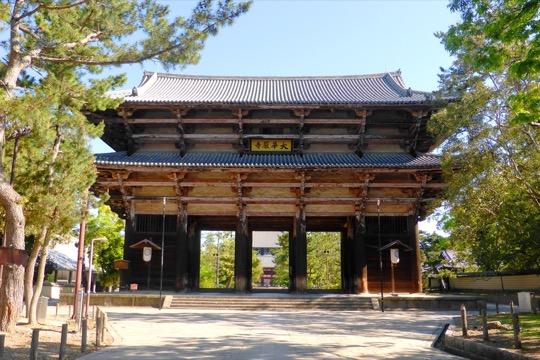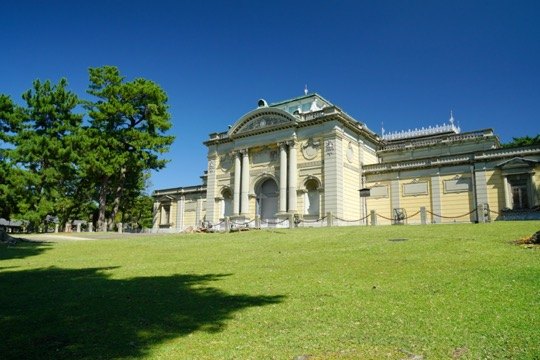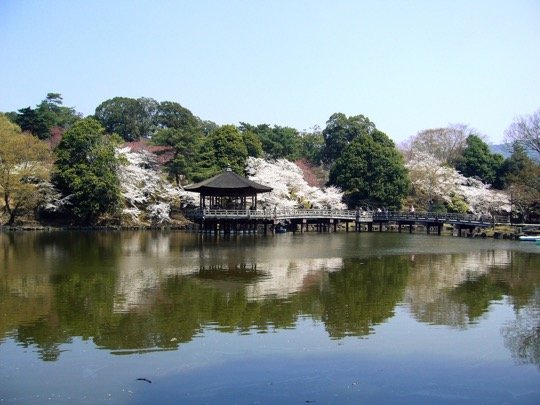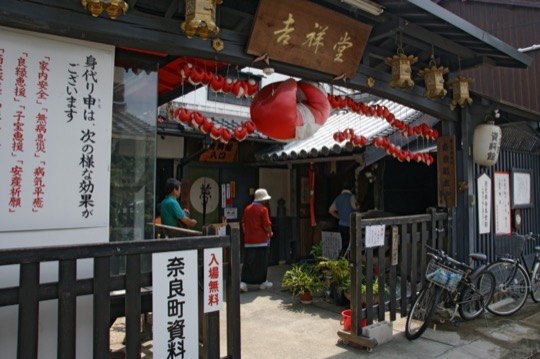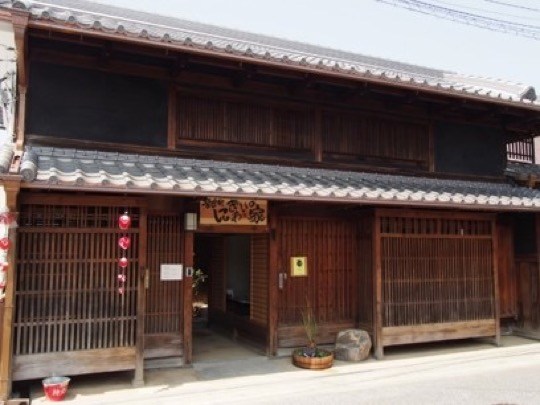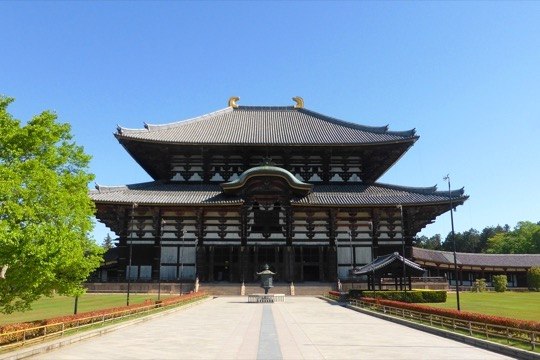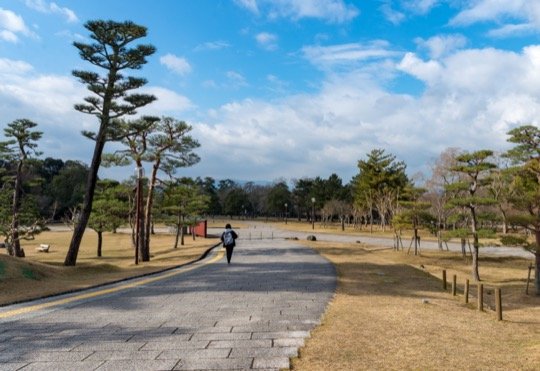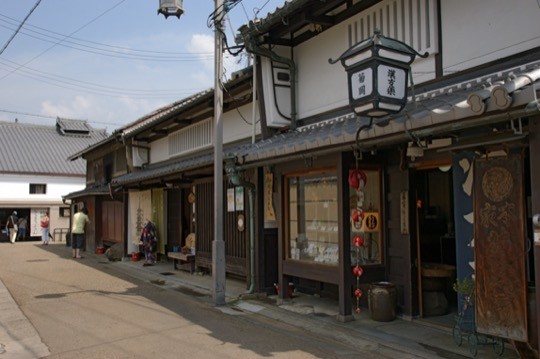Nara, the cradle of Japanese civilization, is rich in history and culture, with ancient temples and artefacts that offer a glimpse into Japan’s past. As the former seat of power in Japan, the city is a showcase of the country’s religious and artistic heritage.
About Nara
Nara became Japan’s first permanent capital when it was established as Heijo-kyo in the year 710. The Nara period witnessed significant cultural and political developments, including the introduction of Buddhism from China, which left a lasting impact on Japanese society. The city’s urban plan was influenced by the Chinese capital of Chang’an, indicative of the cultural exchange between the two countries.
One of Nara’s most iconic landmarks is the Todaiji Temple, founded in 752 AD. It is famous for its large bronze statue of the Buddha Vairocana, known in Japanese as Daibutsu. The temple’s Daibutsuden (Great Buddha Hall) is a significant wooden structure with a history of resilience, having survived natural disasters and fires over the centuries.
Nearby Todaiji Temple, Nara Park is a sprawling area with over 1,200 free-roaming deer, revered in Shinto as divine messengers. The park is not only a natural space but also a cultural one, featuring historical structures such as the Nandaimon Gate, a National Treasure.
Another notable temple is Kofukuji Temple, originally established in 669 AD and moved to Nara shortly after. Its five-story pagoda is one of Japan’s tallest and a symbol of the city. The temple has ties to the influential Fujiwara clan, which played a pivotal role in Japanese politics.
The Nara National Museum, situated within Nara Park, is an essential institution for Japanese Buddhist art, containing a collection that includes National Treasures and Important Cultural Properties.
For those interested in the Meiji era, the Imanishike Shoin Residence provides a glimpse into the lifestyle of a wealthy merchant family from that period.
The more recent Todaiji Museum allows visitors to explore religious art and artefacts related to Todaiji Temple.
Visitors to Nara can enjoy both natural beauty and cultural depth. While Todaiji and Kofukuji temples are major attractions, the quieter gardens and secondary halls of these temple sites offer a more personal experience of the city’s history. Seasonal changes, from cherry blossoms in spring to autumn foliage, enhance the city’s appeal, making any visit a chance to appreciate Nara’s enduring significance. The city’s historic sites act as a conduit between the old and the new, inviting exploration into the roots of Japanese culture.
Upcoming Events what's happening around Nara
🌸 Cherry Blossom Predictions Thursday, 21 March - Saturday, 13 April 2024 (predicted)
Cherry blossoms (sakura) started blooming in Hiroshima on March 25, 2024, and are expected to reach their peak around April 1, 2024. In the Kansai region, including Kyoto and Himeji, blossoms are expected to start around March 28, 2024, with Osaka and Nara following shortly after, beginning on March 31 and March 30, respectively.
Petals typically fall within about 1 week of the full bloom unless the weather causes them to drop earlier.
For more information, see our complete Cherry Blossom Predictions 2024 guide.




